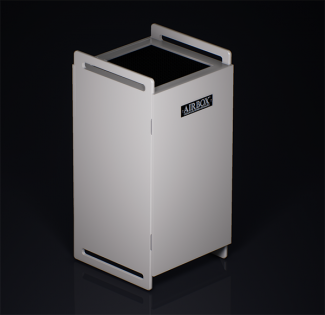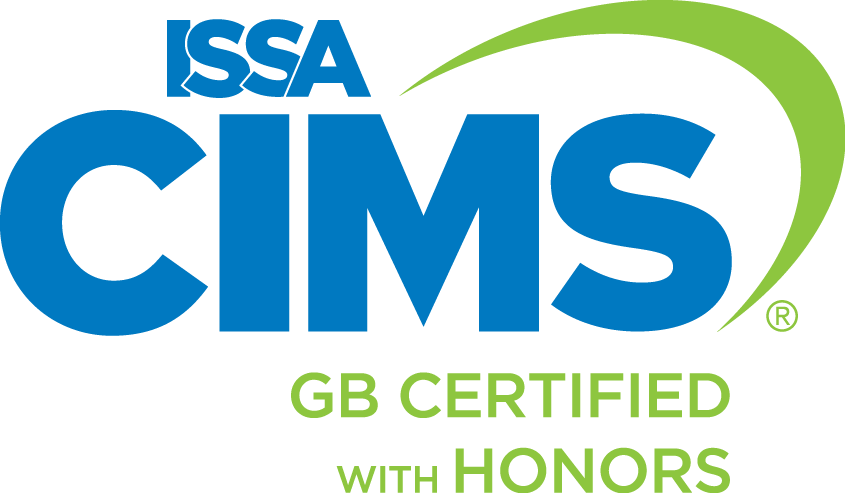Wildfire Smoke and Its Effects
Every summer brings news reports about wildfires and the resulting smoke. New York State is experiencing wildfire smoke firsthand this summer from Canadian wildfires. For several days, parts of New York had the worst air quality in the world. And, as the summer continues, we are continuing to have hazy weather and dangerous air quality levels.
Understanding how wildfire smoke travels and what makes it so dangerous allows us to better prepare for them. And, in turn, we can employ equipment and habits that can help us remain healthy.

Wildfire Smoke
The effects of wildfires are far reaching, with wildfire smoke being the most literal of the phrase. There are recorded cases of smoke traveling from the site of the wildfire to the other side of the world.
There are two primary ways wildfire smoke travels. First, and perhaps the most known method, is through the jet stream. Smoke naturally rises up, and wildfire smoke is often at such a volume that it will rise to the jet stream before it can fully dissipate. The air in the jet stream is usually clear, allowing smoke to travel for long distances undisturbed before it drops back towards the ground.
The other method that moves wildfire smoke is circumstantial weather conditions. Weather plays a huge role in wildfires; a strike of lightning and dry conditions could start a wildfire, while rain can help put them out. Wildfire smoke is also greatly affected by weather. Wind closer to Earth’s surface can push smoke great distances, while precipitation can remove particles from the air.
In New York in early summer 2023, a cold front brought a large amount of smoke with it from wildfires in Canada. One expert said that a cold front “can cause that smoke to stay really, really heavy, very close to the ground.” And as many of us experienced firsthand, the smoke did exactly that.
The immediate threat of wildfire smoke, no matter how far it’s traveled, is due to its composition. There are two primary pollutants that pose the greatest health threat: carbon monoxide and particulate matter.
The dangers of carbon monoxide are well known. It reduces blood’s ability to bring oxygen throughout the body, which can lead to many possible complications. Carbon monoxide poisoning can result in headaches, dizziness, vomiting, chest pain, and even death.
Particulate matter (PM), on the other hand, encompasses a wide range of material. They are microscopic remnants of things the fire consumed, now light enough to become part of the smoke. This means that the actual makeup of PM, as well as the size of the particles, can vary wildly. Oftentimes, PM are split into two groups based on size: coarse PM are between 2.5 and 10 microns, while fine PM are 2.5 microns or smaller. (For reference, a human hair is 50 to 70 microns thick.)
How PM affects health depends on two variables: the size of the particles, and what they are made of. Bigger particles can settle in the nose and throat, while smaller particles can end up deep in the lungs. In either case, this can cause both immediate and long term health problems. Side effects include irritation, breathing problems, chest pains, and heart and lung disease in extreme cases. (CDC has additional information, which you can refer to here.)
Wildfire smoke is a cause of concern, especially at high concentrations and for long periods of time. It’s important to take proper precautions when wildfire smoke comes to your area.
How to Stay Safe In the Presence of Wildfire Smoke
In normal conditions, outdoor air is cleaner than indoor air; there are fewer things in the air, and the natural environment and weather patterns dissipate concentrations of harmful material over time. But when the air is full of wildfire smoke, the opposite is true. Indoor settings, enclosed from outdoor conditions, become spaces with better air quality.
When wildfire smoke enters your area, you should reduce the amount of time you spend outdoors. Immediately stop any outdoor exercise routine until air quality returns back to normal, or find an indoor alternative. Any other outdoor activity should be reduced or rescheduled if possible. If you do spend time outdoors, wear an N95 mask. Unlike cloth and medical masks, N95 masks can also filter out particulate matter. Some experts will also recommend wearing goggles to protect your eyes from irritation.
The majority of advice focuses on keeping indoor air as clean as possible. The first step is sealing the indoor environment from the smoky outside. Don’t open any windows, and close any screens or openings on the doors. If there are two sets of doors to go through (such as a double doorway or a garage attached to a building), make sure that the first set of doors is closed before opening the second one.
Technology can play a big role in helping keep indoor air quality high. Check your HVAC systems to make sure that they are functioning properly. Use an air purifier if one is available. HEPA-grade filters in both HVAC systems and air purifiers will help remove particulate matter from the air. An air purifier that has a carbon filter can also help reduce any smoky smell. Make sure that your carbon monoxide detector is working properly as well. After the smoke leaves your area, you should replace any HEPA-grade filters with new ones; wildfire smoke fills the filters up much faster than less contaminated air.
Finally, be sure to stay up to date on air quality reports. Several websites and phone apps keep track of Air Quality Index (AQI). They will be able to keep you updated if AQI is improving or worsening, which will allow you to plan ahead.
AIRBOX and Janitronics
For many, having a high quality air purifier is a necessary step to keeping indoor air as healthy as possible. Janitronics has found that, in many scenarios, AIRBOX meets our high standards in keeping the air quality clean for health. With three filters working in tandem, including a HEPA-grade filter and a carbon filter, indoor air can be clean and healthy.
Reach out to Dan Harris to learn more about our AIRBOX products today.



